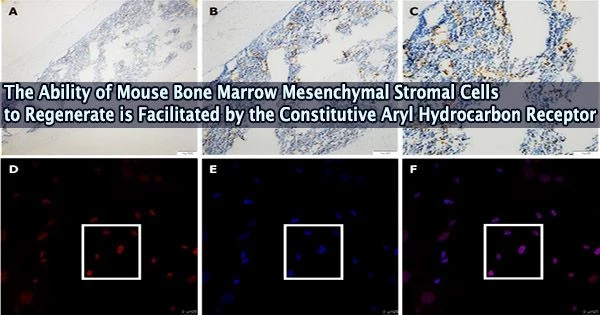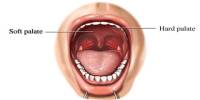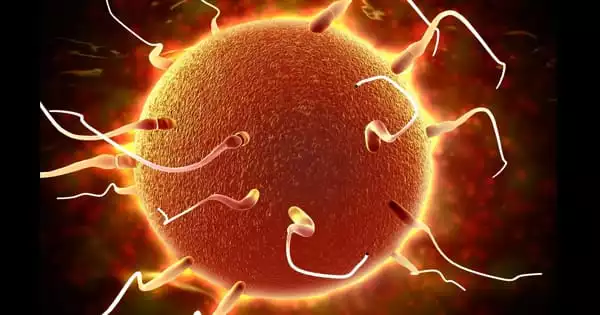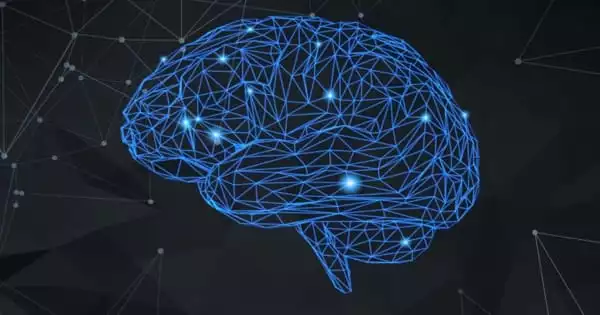In tissue engineering, bone marrow mesenchymal stromal cells (BMSCs) are frequently employed as seed cells. The transcription factor known as Aryl hydrocarbon receptor (AhR) is involved in a number of biological activities. Uncertainty surrounds the role of constitutive AhR in BMSCs.
The function of AhR in the osteogenic and macrophage-modulating capacity of mouse BMSCs (mBMSCs) has now been studied, as well as the underlying mechanism. Their findings are published in the World Journal of Stem Cells.
The expression of AhR was examined using immunochemistry and immunofluorescent staining on mouse bone marrow tissue and mBMSCs. The overexpression or knockdown of AhR was achieved by lentivirus-mediated plasmid.
Alkaline phosphatase and alizarin red staining observed the osteogenic potential. Quantitative polymerase chain reaction (qPCR) and western blotting were used to find the mRNA and protein levels of osteogenic markers.
After coculture with different mBMSCs, the cluster of differentiation (CD) 86 and CD206 expressions levels in RAW 264.7 cells were analyzed by flow cytometry. The interaction of AhR with STAT3 (signal transducer and activator of transcription 3) was seen by co-immunoprecipitation, and STAT3’s phosphorylation was found by western blot, in order to investigate the underlying molecular process.
AhR expressions in mouse bone marrow tissue and isolated mBMSCs were detected. The osteogenic potential of mBMSCs was improved by AhR overexpression while being reduced by AhR knockdown. The ratio of CD86+ RAW 264.7 cells cocultured with AhR-overexpressed mBMSCs was reduced and that of CD206+ cells was increased.
AhR interacted with STAT3 directly. The phosphorylation of STAT3 was boosted by AhR overexpression. The pro-osteogenic differentiation and macrophage-modulating effects of AhR overexpression were somewhat countered after STAT3 was inhibited by stattic.
Therefore, AhR plays a beneficial role in the regenerative potential of mBMSCs partially by increasing phosphorylation of STAT3.
Aryl hydrocarbon receptor (AhR) was positively expressed in murine bone marrow tissue and bone marrow mesenchymal stromal cells (BMSCs). In vitro, overexpression of AhR enhanced the osteogenic potential of mouse BMSCs.
Additionally, macrophages with an anti-inflammatory phenotype were more easily polarized by AhR-overexpressed BMSCs. While knockdown of AhR showed the opposite effects.
Mechanistically, elevated phosphorylation of signal transducer and activator of transcription 3 was a contributing factor to AhR’s positive effects. According to this work, AhR may be a target for tissue engineering using mouse BMSCs to achieve the best bone regeneration.
















